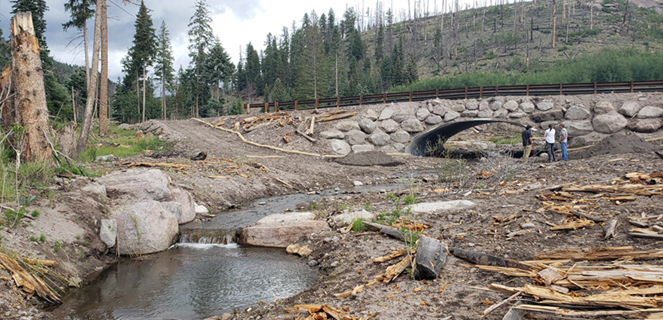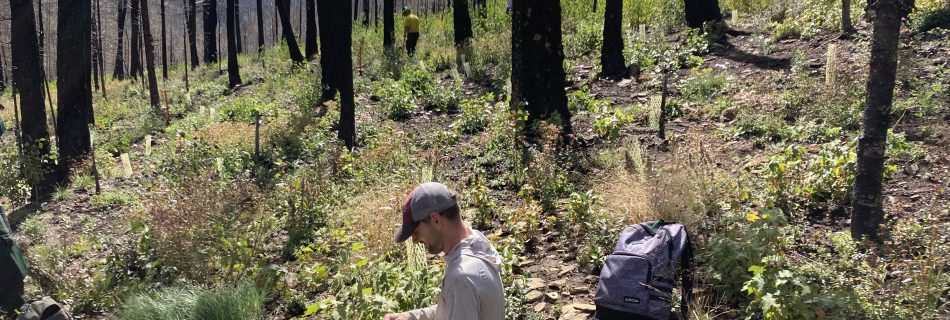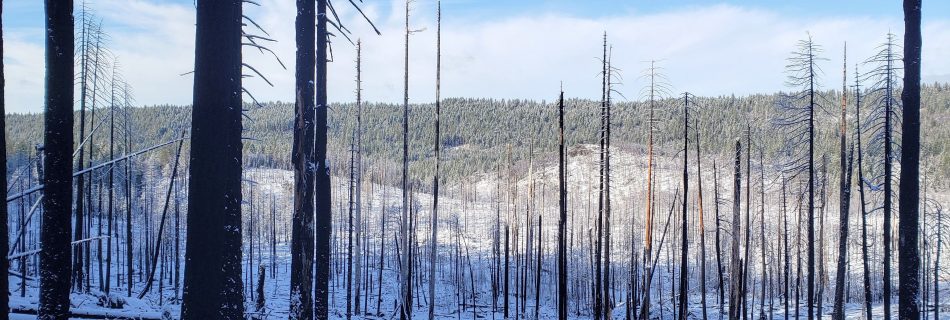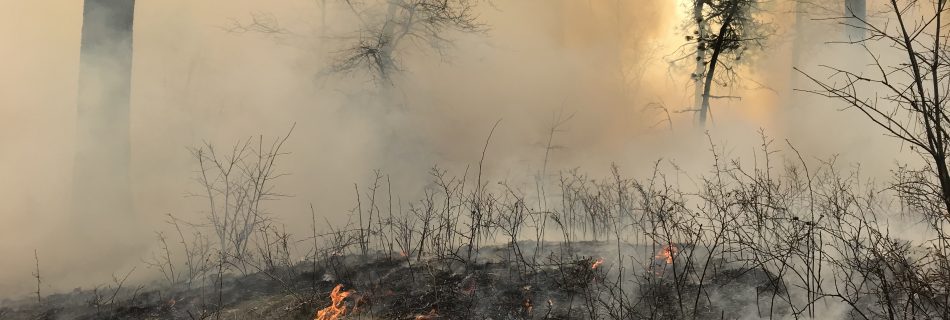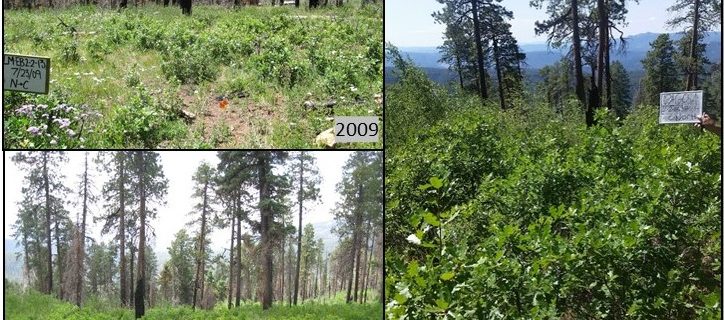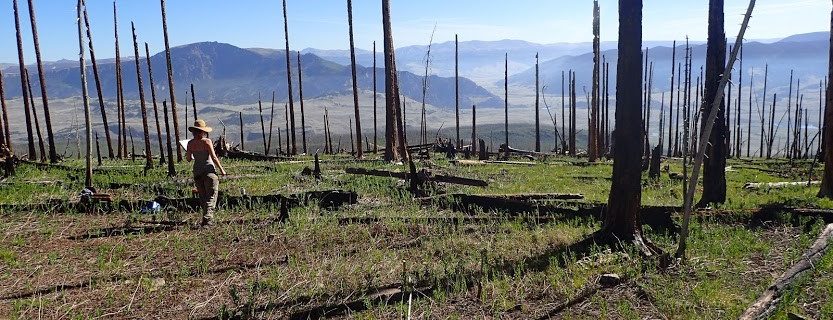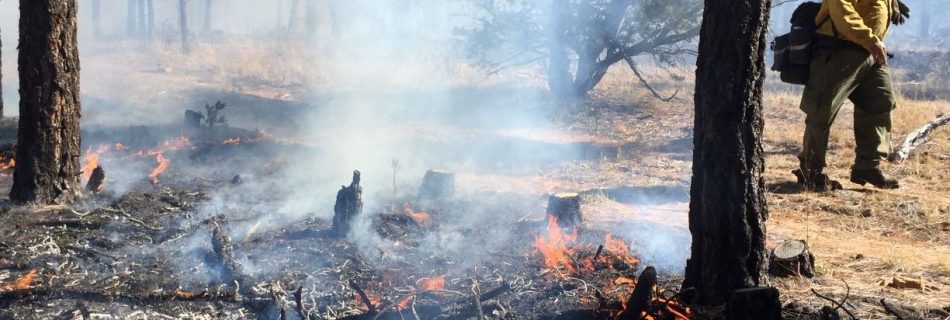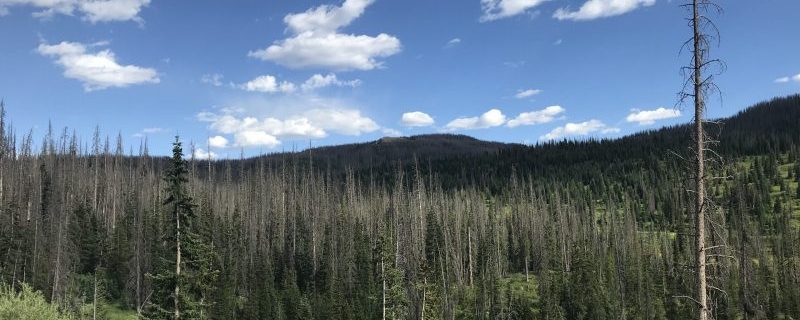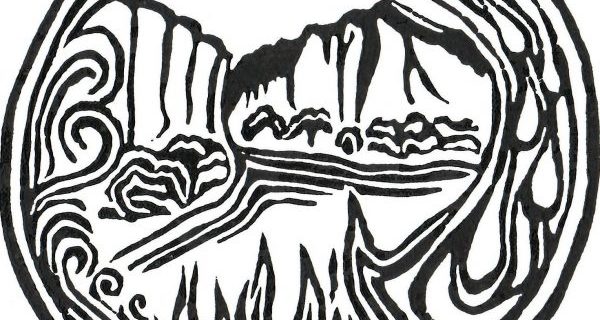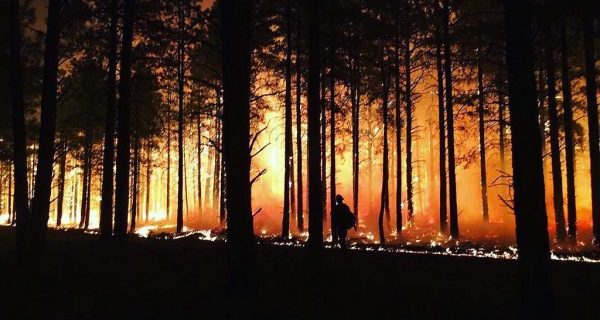Post-Wildfire Recovery Through The Principles of Engineering with Nature
In a nutshell: Following a severe wildfire, recovery efforts can benefit from using “Engineering With Nature” principles to utilize existing materials on the landscape for slope stabilization, erosion control, and stream restoration. Learn about the successes and lessons learned with these techniques in Santa Clara Canyon, NM after the destructive Las Conchas Fire. Recorded on: …
Read more “Post-Wildfire Recovery Through The Principles of Engineering with Nature”

